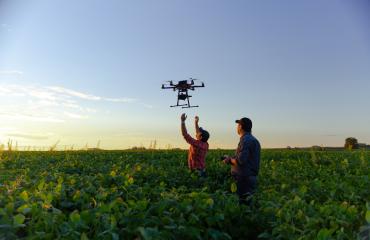In August 2022, the department hosted the Emerging Aviation Technologies Future Spectrum workshop in Melbourne, supported by representatives from portfolio agencies the Australian Communications and Media Authority (ACMA) and CASA.
The workshop began by introducing and explaining the policy, spectrum regulation and aviation safety regulation environments. Subsequent interactive discussions were centred around 3 high level themes: spectrum, aviation and governance. Discussions covered a wide range of technical and strategic topics relating to future spectrum, including international harmonisation, access to spectrum, information transparency and sharing mechanisms, the agility of the system and best practice case studies.
The information gathered at the workshop will form the basis for future conversations that contribute to building consensus on some of the key issues that will inform the Australian Government's next steps.
